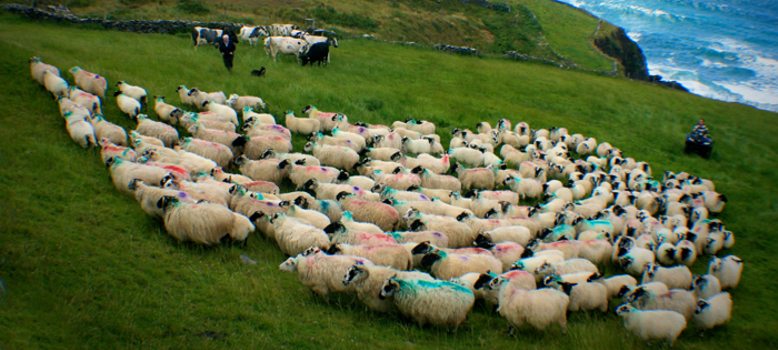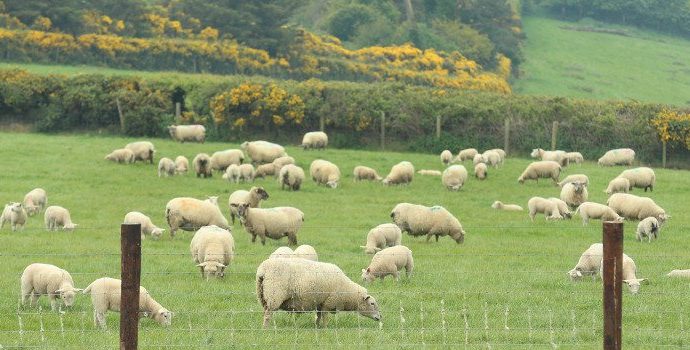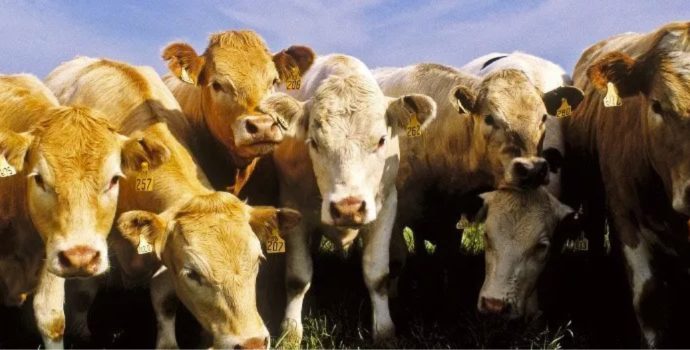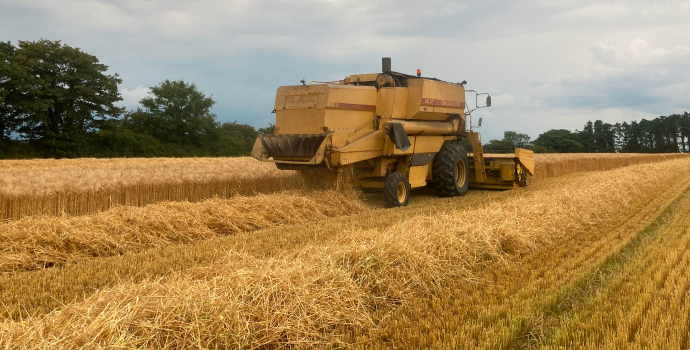IFA Meets Department of Agriculture on Details of the New €10 Per Ewe Sheep Scheme

An IFA National Sheep Committee delegation, led by Chairman John Lynskey, discussed details of the new €10 per ewe sheep scheme with senior officials from the Department of Agriculture in the Irish Farm Centre in Dublin this week.
John Lynskey said the new €10 per ewe scheme is a very positive development for the sheep sector and he welcomed the recent announcement in the Budget by Agriculture Minister Creed providing €25m funding for the scheme. He said the next step is to finalise the arrangements on the scheme with the EU Commission in Brussels.
The IFA sheep farmer leader said he expects the scheme will be finalised before year-end, clearing the way for an early application. He said “It is very important that the maximum number of sheep farmers apply for the scheme and all of the €25m funding is drawn down and paid out to sheep farmers.” €25m provides funding for up to 2.5m ewes.
John Lynskey said IFA has highlighted the need to strongly promote the scheme and encourage sheep farmers to apply to the Department. In addition, he said IFA has also outlined the need to accommodate young farmers and new entrants under the application arrangements. John Lynskey said the scheme needs to provide flexibility on numbers and on the options farmers can select to best suit their enterprise in order to draw down all the funding.
John Lynskey said IFA highlighted the need for the Department to take on board the views of farmers in working out the operational details of the new scheme and keep the requirements simple with minimal costs on farmers. In addition, he said the administration under the scheme must be minimal.
The scheme will be based on the animal welfare measure in the Rural Development Programme, which allows for a payment per head. Sheep farmers will have nine different options in total and it is proposed they will be divided into two categories, with farmers required to choose an option from each category.
Details of the options outlined by the Department of Agriculture
Lowland Flock
Category A
Lameness
Farmer required to carry out five lameness examinations per year at prescribed times, recording incidence and scoring.
Mineral supplementation of ewes
Supplement minerals to ewes post-mating to help combat deficiencies, reducing still births and mortality.
Category B
Parasite control
Undertake two faecal egg counts per annum to establish worm burden.
Scanning
Scan ewes 80 days after ram turnout. Mark, divide and feed according to litter size.
Flystrike
Introduce a flystrike programme during high risk months through chemical control and dagging.
Breeding
Purchase of 3-4 or 5 star rated ram per 40 ewes on terminal or replacement index before the end of year three of the scheme.
Hill Flock
Category A
Mineral supplementation of ewes
Supplement minerals to ewes post-mating to help combat deficiencies, reducing still births and mortality.
Meal feeding post weaning
Feeding a suitable lamb ration containing minerals for four weeks post weaning.
Category B
Parasite control
Undertake one faecal egg count on lambs for worms or one on ewes for liver fluke.
Scanning
Scan ewes 80 days after ram turnout. Mark, divide and feed according to litter size.
Mineral supplementation of Lambs
Supplement lambs with minerals pre-weaning in hill flocks
Breeding
Purchase of 3-4 or 5 star rated ram per 40 ewes on terminal or replacement index before the end of year three of the scheme,
or Parentage recorded ram
Purchase parentage recorded ram per 40 ewes for one breeding season before end of year three.
The reference period for the maximum number of ewes eligible for payment will be based on the average of 2014 and 2015 ewes in the sheep census, with farmers paid on the actual numbers the apply on in 2016 or future years. Farmers participating in GLAS and as part of their Commonage Management Plan or Farm Plan are required to increase numbers above these levels will be paid on the higher numbers.




